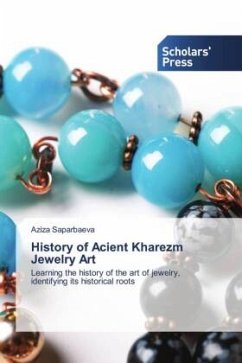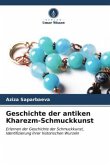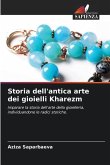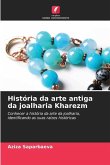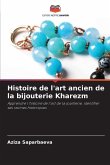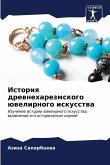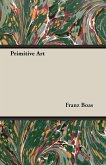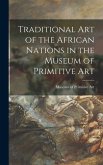All my articles on the history of Kharezm jewelry art are collected in the monograph, and information on the history of fine art of the ancient period of our country is analyzed. Learning the history of the art of jewelry, identifying its historical roots, demonstrates the antiquity of our culture and its persistence to eternity. In the 30s of the 20th century, the information of the archeological ethnographic expedition workers, who were active in the study of the ancient history of our country, became of special importance in determining the historical roots of our jewelry art. An attempt was made to analyze the jewelry art of the ancient period on the example of civilizations and on the example of our country. Our country is a country rich in castles, and a large part of jewelry has also been identified from castles. In particular, jewelry found in Jonboskala, Ayozkala, Berkutkala, Dumankala, Bazarkala, Narenjankala regions has been thoroughly analyzed.The jewelry art of the twelfth and thirteenth centuries and the period of the Great Kharezmshahs was also highlighted. Emphasis is also placed on the description and styles of jewelry, as well as technological typology.
Bitte wählen Sie Ihr Anliegen aus.
Rechnungen
Retourenschein anfordern
Bestellstatus
Storno

